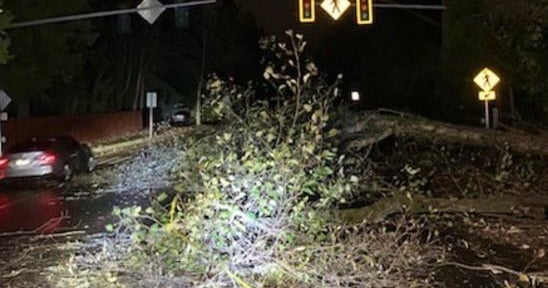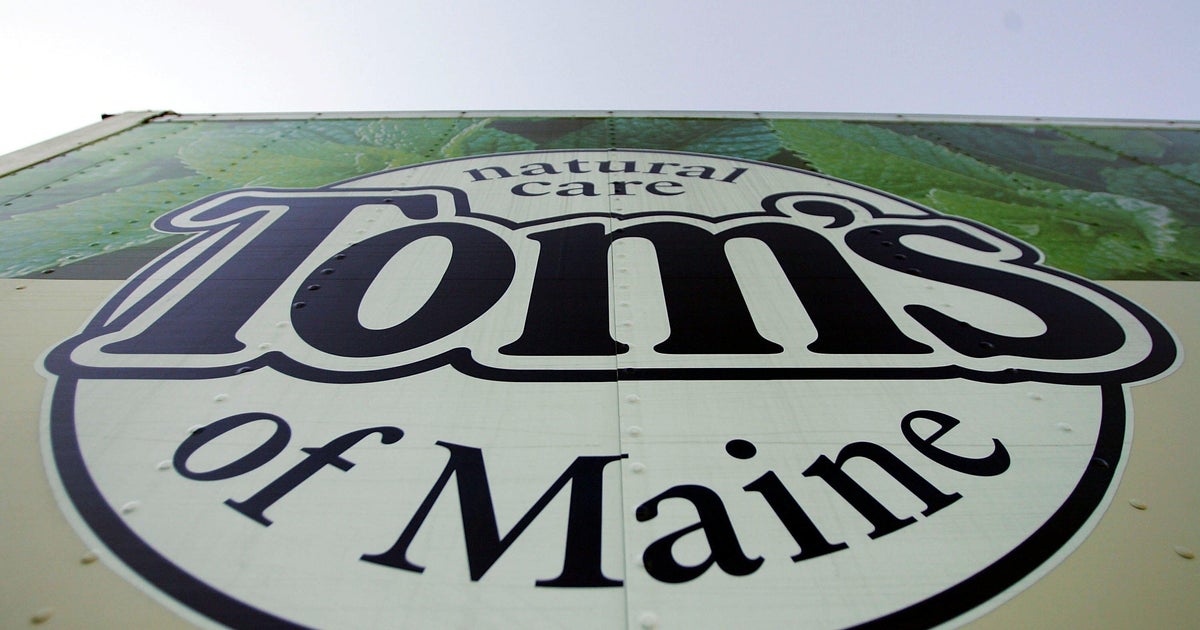What is a bomb cyclone? What to know about the weather phenomenon
When a major storm stirs up, it's possible a bomb cyclone could accompany it — especially in the winter months. The rare weather phenomenon can bring a variety of hazards, including heavy snow, high winds, dangerous wind chill temperatures and coastal flooding.
Google searches for the phrase "bomb cyclone" start to spike whenever it's mentioned by meteorologists: What is it?
A powerful storm like that often snarls travel plans and prompts warnings from officials to take precautions. Here's what you need to know about bomb cyclones, and how to prepare for them.
What is a bomb cyclone?
A bomb cyclone, also known as bombogenesis, is a fast-developing storm that occurs when atmospheric pressure drops at least 24 millibars over a 24-hour period, the National Oceanic and Atmospheric Administration notes online.
"A bomb cyclone occurs when atmospheric pressure at the center of the cyclone drops rapidly. In order to approximately qualify, the pressure needs to drop about 1 [millibar], or more, every hour over a 24-hour period," John Moore, a public affairs specialist and meteorologist for the National Weather Service, previously told CBS News.
"This can happen when a cold air mass collides with a warm air mass, such as air over warm ocean waters," the NOAA explains.
Why is it called a bomb cyclone?
The popular term was first used around the 1940s, according to Mike Bettes, a meteorologist for The Weather Channel.
"It's called a bomb cyclone because a low pressure (or cyclone) undergoes 'bombogenesis,' which refers to the quick rate at which the low pressure develops," Bettes told CBS News.
What are the effects of a bomb cyclone?
The hazards of a bomb cyclone can be multifaceted and vary based on the location and speed of the storm. The band of intense pressure can create heavy winds, blizzard conditions — heavy snow that can possibly reduce visibility — and rainfall, according to the agency. Heavy precipitation can also cause coastal flooding.
"In the winter, you can experience intense snowfall as well as extreme winds. It usually leads to very hazardous travel conditions with blowing and drifting snow and poor visibility. Airlines will often cancel flights as the conditions are too risky to fly. High winds can often lead to widespread power outages," Bettes said.
The mix of frigid temperatures with strong winds can create dangerous wind chills, increasing the risk of frostbite.
Moore said a bomb cyclone can also cause a ripple effect of other weather events.
"There can also be sharp temperature drops along the frontal boundary associated with some bomb cyclones. There can also be storms along the frontal boundary in the warm sector of the storm," Moore noted.
When do bomb cyclones most often occur?
While bomb cyclones can happen at any point of the year, they tend to be more frequently reported in the winter months. They are most common from December to early March, according to a 2017 study from the Journal of Applied Meteorology and Climatology which analyzed the patterns of bomb cyclones over the northern Pacific Ocean from 2000 to 2015.
Moore says the same holds true today.
"Bomb cyclones often occur more during the cold season," he agreed.
How to prepare for a bomb cyclone
Whenever a storm is forecast to hit your area, you should be prepared. Stay up to date on the weather forecast for your region, stock up on enough emergency supplies to last several days and ensure your home is protected.
"If you're expecting impacts similar to a winter storm, prepare accordingly. If you live near a coastal area, coastal flooding could have an impact. Heavy rainfall associated with a bomb cyclone could also cause flooding, so those who live in areas that are susceptible to flooding should be on alert," Moore said.
Bettes echoed Moore's advice and encouraged people in the direct path of a bomb cyclone to stay home.
"In the event of a power outage, people should only use a generator as intended in the instruction manual and never operate a generator indoors. Also, consider having a backup heat source that doesn't involve an open flame," he added.



